
Illustrated by: Sabine Deviche
show/hide words to know
Carboxylase: a type of protein that is good at attaching to a specific molecule arrangement: a carbon atom connected to two oxygen atoms, one of which is connected to a hydrogen atom.
Chlorophyll: the pigment that gives plants their green color and allows them to absorb sunlight... more
Chloroplast: a part of a cell found in plants that converts light energy into energy plants can use (sugar). Other living organisms such as algae also have cells that contain chloroplasts.
Enzyme: a protein that changes the speed of chemical reactions.
Evaporate: the act of a non-boiling liquid becoming a gas.
Photosynthesis: a set of chain reactions that convert light energy into chemical energy. Photosynthesis also produces energy-rich carbohydrates like starch. Photosynthesis occurs in the chloroplast of a plant cell... more
RuBisCo: a protein important for plants to be able to pull carbon dioxide out of the air and convert it into sugar.
Stomata: tiny openings in the leaves of plants.
Thylakoid: the disk-shaped parts of a plant cell where light-dependent reactions occur... more
Flashcard facts and information about photosynthesis
Biology Bits stories are a great way for you to learn about biology a little bit at a time. We’ve broken down information into pieces that are very tiny—bite-sized biology cards. Cutting out the cards will let you organize them however you want, or use them as flashcards while you read.
This set of bits will teach you about the process plants use to make their own food: photosynthesis. To learn more about the science behind photosynthesis, visit Snacking on Sunlight
Play the slide show from the beginning or pick a slide to begin with by clicking on a slide below.
View Citation
Bibliographic details:
- Article: Snacking on Sunlight Bits
- Author(s): Drew Peltier
- Publisher: Arizona State University School of Life Sciences Ask A Biologist
- Site name: ASU - Ask A Biologist
- Date published: February 26, 2015
- Date accessed: November 30, 2024
- Link: https://askabiologist.asu.edu/biology-bits/snacking-sunlight-bits
APA Style
Drew Peltier. (2015, February 26). Snacking on Sunlight Bits. ASU - Ask A Biologist. Retrieved November 30, 2024 from https://askabiologist.asu.edu/biology-bits/snacking-sunlight-bits
Chicago Manual of Style
Drew Peltier. "Snacking on Sunlight Bits". ASU - Ask A Biologist. 26 February, 2015. https://askabiologist.asu.edu/biology-bits/snacking-sunlight-bits
Drew Peltier. "Snacking on Sunlight Bits". ASU - Ask A Biologist. 26 Feb 2015. ASU - Ask A Biologist, Web. 30 Nov 2024. https://askabiologist.asu.edu/biology-bits/snacking-sunlight-bits
MLA 2017 Style
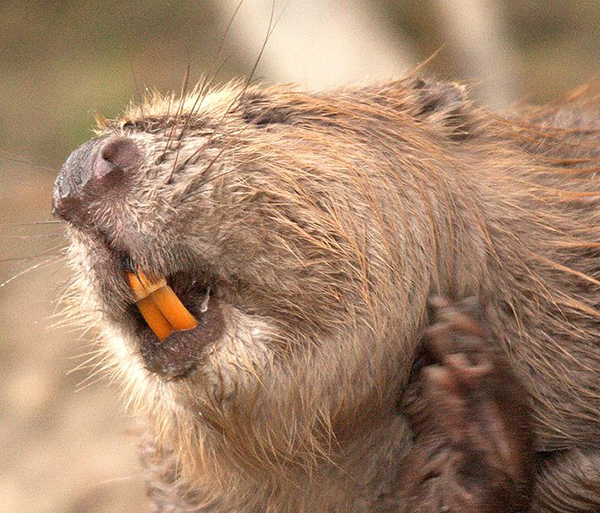
Here are some pieces of biology that you can sink your teeth into. One bit at a time.
Be Part of
Ask A Biologist
By volunteering, or simply sending us feedback on the site. Scientists, teachers, writers, illustrators, and translators are all important to the program. If you are interested in helping with the website we have a Volunteers page to get the process started.







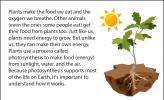
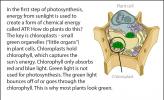
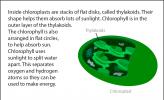

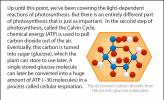

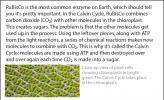
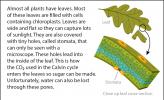
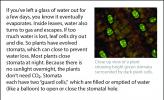

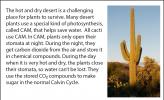
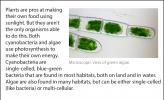
![Photosynthesis – [fo-toe-sin-thuh-sis]; Capture – [cap-cher]; Carboxylase – [car-box-uh-layz]; Chloroplast – [clore-uh-plast]; Chlorophyll – [clore-uh-fill]; Enzyme – [en-zahym]; Evaporate – [ee-vap-oh-rate]; RuBisCo – [rew-bis-co]; Stomata – [stow-mah-tuh]; Thylakoids – [thigh-lah-coyds] A cartoon talking head](https://legacy.askabiologist.asu.edu/sites/default/files/styles/biology_bit_thumbnail_120x74/public/biology-bits-plants-slide-13.jpg?itok=qYTHMIsV)
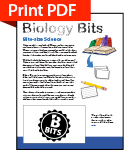
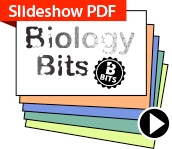
 For Teachers
For Teachers